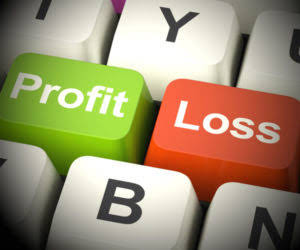
Examples of long-run incremental costs include energy and oil price increases, rent increases, expansion costs, and maintenance expenses. From this example, you can observe not all increase in production capacity leads to a higher net income. Incremental costs are expenses, and producing more units at a particular volume can outweigh the benefits. Incremental costs are additional expenses a business spends to expand production.
- They are both decrease at first with the increase of output, then start to increase after reaching a certain scale.
- Production of public goods is a textbook example of production that creates positive externalities.
- Understanding these elements helps businesses estimate financial impact and make informed decisions.
- This is an example to further appreciate the distinction between incremental cost and incremental revenue.
- Previously made purchases or investments, such as the cost of a plot of land or the cost of building a factory, are referred to as sunk costs and are not included in long run incremental cost predictions.
- This means the $20,000 additional cost will produce 5,000 extra units on your product line.
How to Calculate Incremental Cost
The “incremental” aspect of incremental cost of capital refers to how a company’s balance sheet is effected by issuing additional equity and debt. With https://elpacificonj.com/what-is-the-revenue-realization-principle/ each new issuance of debt a company may see its borrowing costs increase as seen it the coupon it has to pay investors to buy its debt. The coupon is a reflection of a company’s creditworthiness (or risk) as well as market conditions.
- Calculating these costs involves analyzing variable expenses, such as raw materials and direct labor, tied to increased production.
- As a result, while both ideas are related to a cost shift, marginal cost relates to both a rise and a decrease in production.
- Relevant costs are also referred to as avoidable costs or differential costs.
- Since fixed costs do not vary with (depend on) changes in quantity, MC is ∆VC/∆Q.
- Understanding these provisions helps companies optimize after-tax returns while maintaining compliance with IRS regulations.
How do you calculate incremental costs? ›
Increasing output often requires acquiring additional equipment, modifying supply chain logistics, or restructuring workflows. These changes can introduce cost increases that are not proportional to output due to inefficiencies or bottlenecks. By analyzing incremental costs, businesses can assess profitability, optimize pricing, and allocate Bookkeeping vs. Accounting resources efficiently.
- In this situation, figuring out incremental costs will help them see if it’s a good idea or if it will cause a loss for their business.
- It is important to carefully assess the advantages versus the disadvantages of outsourcing before making a decision.
- Keeping all such information in place can be challenging, but TranZact is here to help you out.
- For example, while a monopoly has an MC curve, it does not have a supply curve.
What insights do I generate to increase the profitability of my Amazon store?
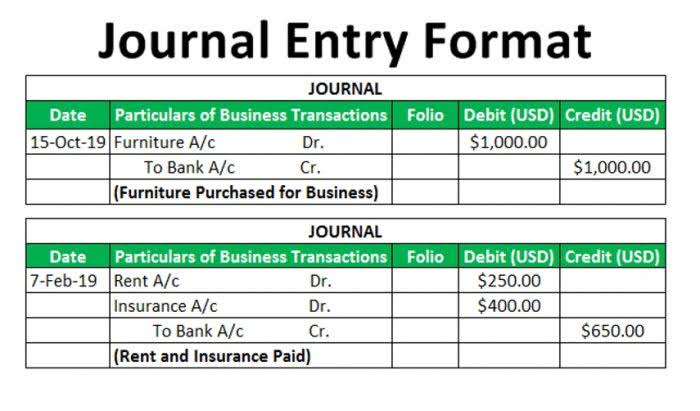
It is a crucial concept for decision-makers, allowing them to evaluate the profitability of specific actions and make informed choices that contribute to the financial success of their business. Let’s say, as an example, a company is considering increasing their production of goods but needs to understand the incremental costs involved. Below are the current production levels as well as the added costs of the additional units. It provides guidance regarding decision-making for the management in terms of pricing, allocation of resources, planning or production quantity, sales target, profit target, etc. Incremental cost reflects the expense a company incurs to produce one additional unit of a product. By focusing on incremental costs, companies can assess and maximize the profitability of their business segments.

Bulk discounts may reduce per-unit costs, but material waste or defects can offset savings. But if the per-unit cost or average cost is decreasing by incurring the incremental cost, the company might be able to incremental cost meaning reduce the price of the product and enjoy selling more units. Such companies are said to have economies of scale, whereby there is some scope available to optimize the utility of production.
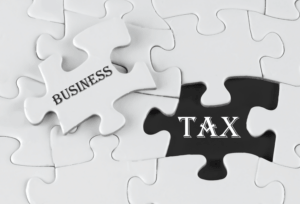
Long-Term Incremental Cost Analysis
- And if the marginal cost of producing an additional unit is lower than the selling price, producing more units may increase profitability.
- They are always composed of variable costs, which are the costs that fluctuate with production volume.
- For instance, a company merger might reduce overall costs of because only one group of management is required to run the company.
- Using an accurate method to determine costs is a primary focus of cost accounting and financial control.
- Some ventures waste time and resources, and calculating the incremental cost versus projected sales at a particular volume avoids that.
- Externalities are costs (or benefits) that are not borne by the parties to the economic transaction.
Incremental cost guides you in choosing when to make your product and when to outsource. Often, it is more cost-efficient to outsource from a specialty company instead of doing it from scratch. A real example of an incremental change in an organization can be something like the installation of new computer software to improve a company’s efficiency. For the past 52 years, Harold Averkamp (CPA, MBA) hasworked as an accounting supervisor, manager, consultant, university instructor, and innovator in teaching accounting online. For the past 52 years, Harold Averkamp (CPA, MBA) has worked as an accounting supervisor, manager, consultant, university instructor, and innovator in teaching accounting online. Incremental analysis only focuses on the differences between particular courses of action.
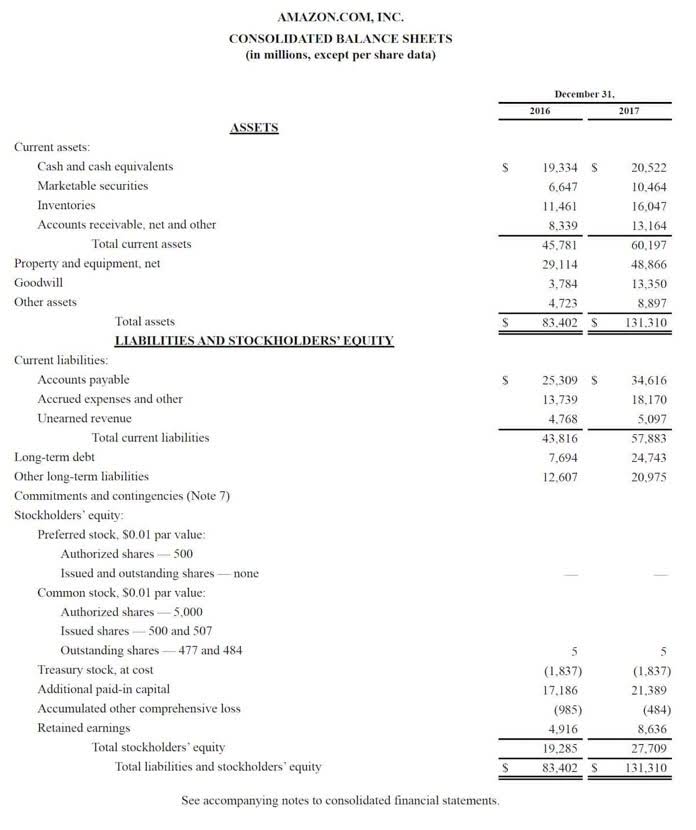
Incremental Cost vs Marginal Cost: 5 Ways They Affect Your Business
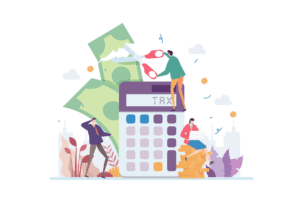
Understanding this concept helps companies determine if scaling up will be profitable or lead to unnecessary expenditures. Understanding the additional costs of increasing the production of a good is helpful when determining the retail price of the product. When evaluating a business segment’s profitability, only relevant incremental costs tied directly to it are considered. Keeping all such information in place can be challenging, but TranZact is here to help you out. You must contact TranZact to opt for the best cost management solution that will help you make the right decisions and increase your business revenue.
